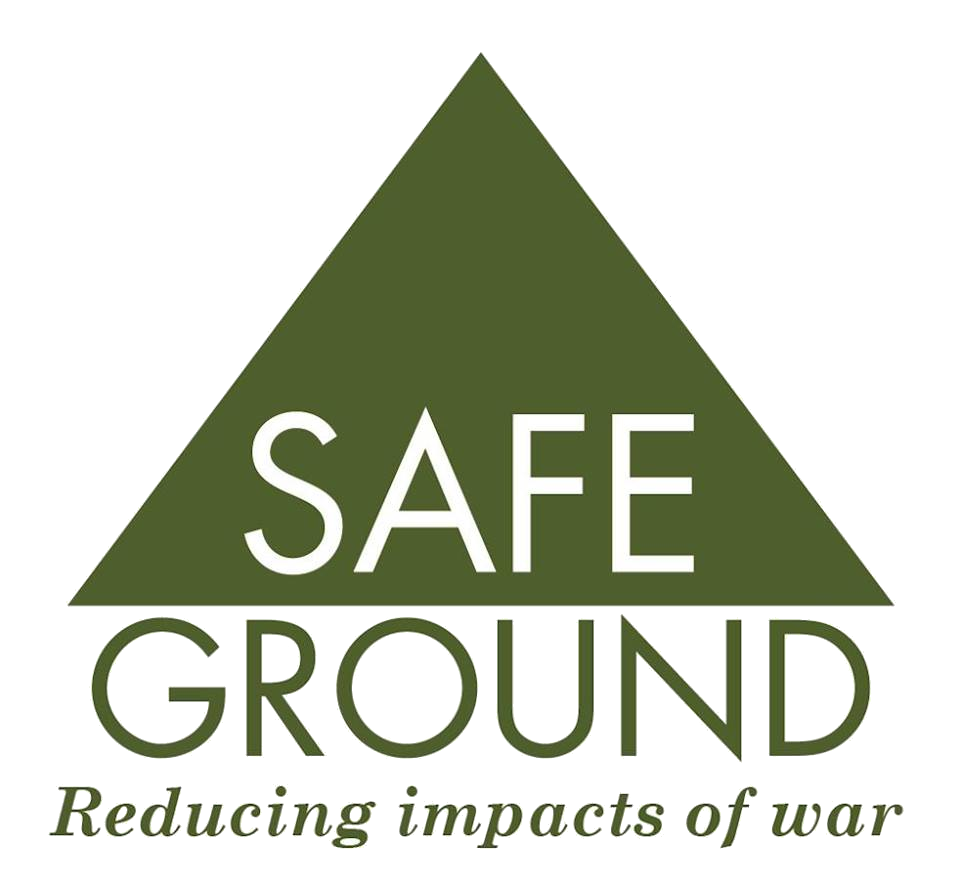Rising seas caused by climate change are seeping inside a United States nuclear waste dump on a remote and low-lying Pacific atoll, flushing out radioactive substances left behind from some of the world’s largest atomic weapons tests.
Back in the 1950s and 1960s, the ‘nuclear arms race’ was in full swing. As you may remember, it was not confined solely to posturing, with the key protagonists, USA, Soviet Union, and to a lesser extent US allies France and UK, later followed by the People’s Republic of China, building up their stockpiles and testing their weapons, sometimes on the mainland, but more often on far-flung parts of their overseas territories. The UK conducted tests in Australia, and the US in the Arizona desert and like France, on Pacific islands.
The Marshall Islands are in the Central Pacific, halfway between Australia and Hawaii, about as far from the US, Australia and Europe as you could imagine. Bikini Atoll, scene of 23 US atomic tests, is not so far away from Enewetak Atoll, the location of this report.
You may have read a short report “Radioactive Graveyard in the Pacific” in Memorandum 110, September 2015, of an interview between Radio National’s Phillip Adams and Tony de Brum, Minister of Foreign Affairs of the Republic of the Marshall Islands, and Michael Gerrard, Director of the Sabin Centre for Climate Change Law at Columbia University on the topic of nuclear waste storage on Runit Island. You may also have viewed on 27th November last year Mark Willacy’s ‘Foreign Correspondent’ report on ABC TV. Most of the following words are taken from his report:
On Enewetak atoll in the far west of the Marshall Islands is Runit Island, where sits “the Dome”. Buried beneath this vast disc are 85,000 cubic metres of radioactive waste – a toxic legacy from the dawning of the thermonuclear age.
The US detonated 43 atomic bombs around the island chain in the 1940s and 1050s. Four of Enewetak’s 40 islands were completely vaporised by the tests, with one thermonuclear blast leaving a 2-kilometre-wide crater where an island had been just moments before.
In the late 1970s, Runit Island was the scene of the largest nuclear clean-up in US history. Highly contaminated debris left over from decades of atomic weapons was dumped into a 100-metre-wide bomb crater on the tip of the uninhabited island. Amongst the debris was plutonium-239, which is a fissile isotope used in nuclear warheads; one of the most toxic substances on earth. It has a radioactive half-life of 24,120 years.
As part of the clean-up process, Washington set aside funds to build the Dome as a temporary storage facility, and initial plans included lining the porous bottom of its crater with concrete. But in the end, that was deemed too expensive. So US army engineers sealed it up with a half-metre thick concrete cap almost the size of an Australian football ground, then left the island.
As Michael Gerrard, now the chair of Columbia University’s Earth Institute in New York, says, “The bottom of the Dome is just what was left behind by the nuclear weapons explosion. It’s permeable soil. There was no effort to line it. And therefore, the seawater is inside the Dome… I’m persuaded that the radiation outside the Dome is as bad as the radiation inside the Dome.”
Now with sea levels rising, water has begun to penetrate the Dome. A report commissioned by the US Government in 2013 found that radioactive materials were leaching out, threatening the already tenuous existence of Enewetak locals. “That Dome is the connection between the nuclear age and the climate change age”, says climate change activist Alson Kelen. “It’ll be a very devastating event if it really leaks.”
Professor Gerrard adds, “The US Government has acknowledged that a major typhoon could break it apart and cause all of the radiation to disperse. But a catastrophic failure of the structure would not necessarily lead to a change in the contamination levels in the waters surrounding it.”
Comment: This toxic legacy from over 60 years ago shows the irresponsible, imperious attitudes and actions of the ‘nuclear arms race’ of the so-called ‘Big Powers’.
This problem is far beyond the scope of SafeGround to investigate properly or to do anything about it – and it seems also beyond the will or power of those who caused such long-lasting problems. But distance – in time or mileage – should never be considered to absolve the responsibility of the perpetrators of such problems with the capacity to lead to possibly disastrous consequences.
Sourced by Helen Stanger, Public Officer
Caveat: Mark Willacy’s ‘Foreign Correspondent’ report included interviews with local Islanders, which I chose to omit to concentrate on the apparent threat posed by ‘The Dome’. Our readers will appreciate that I was reporting on existing reportage of well-substantiated facts rather than carrying out a scientific investigation from first principles. The other sources I checked substantiated the information as stated in the TV report. Although this does not purport to be a scholarly paper, those who value scientific rigour may like to find further information here:
<://marshallislands.llnl.gov/ccc/Hamilton_LLNL-TR-648143_final.pdf
Mark Willacy’s ‘Foreign Correspondent’ report may be found here:
www.abc.net.au/news/2017-11-27/the-dome-runit-island-nuclear-test-leaking-…/9161442
and a 2015 Guardian report may be found here:
https://www.theguardian.com/world/2015/jul/03/runit-dome-pacific-radioactive-waste

Recent Comments